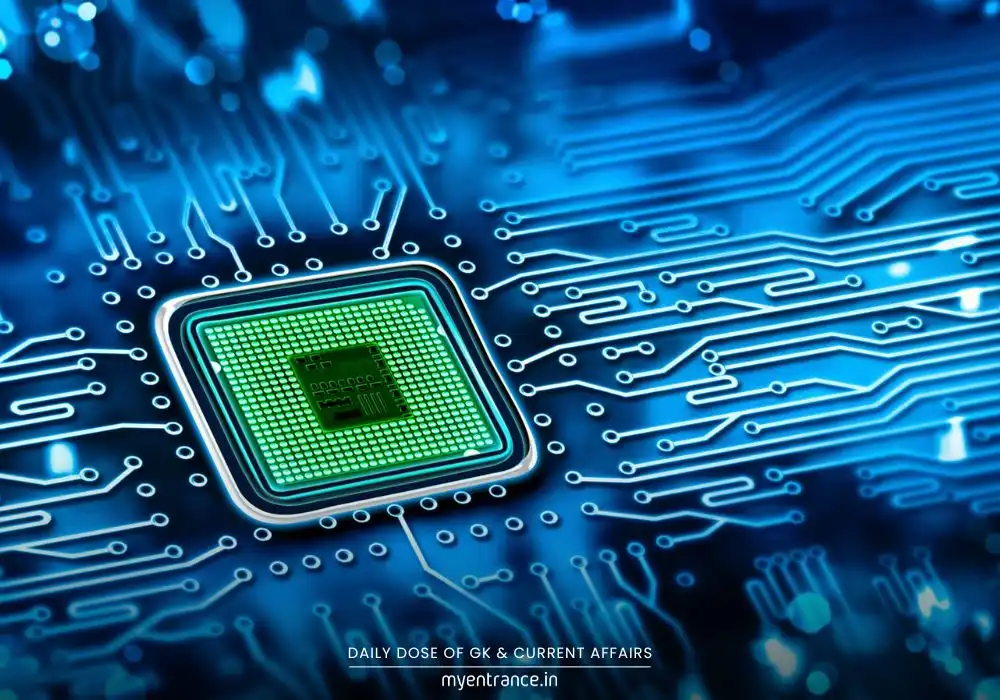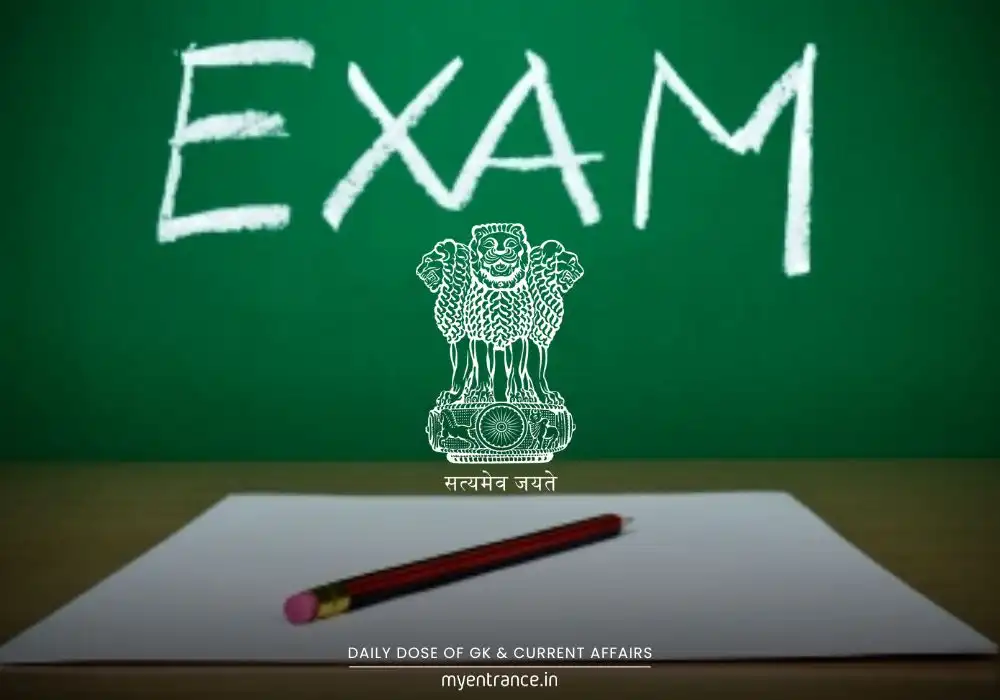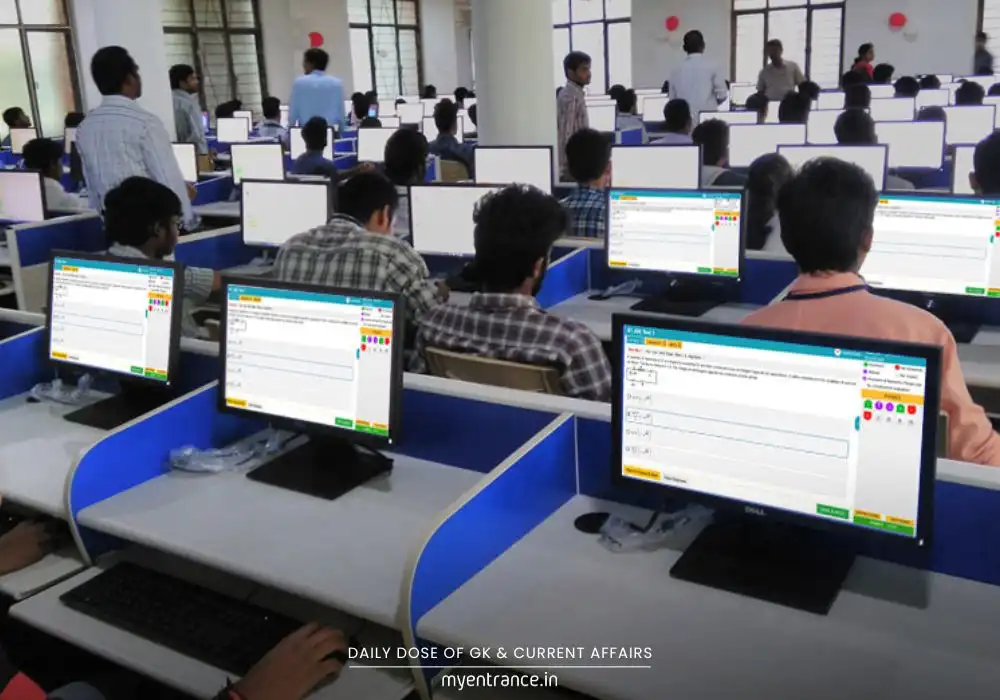Translate Language
India’s 3-nm Chip Breakthrough: What It Means for UPSC & Tech Exams
India has taken a giant leap in semiconductor technology with the launch of advanced 3-nanometer (nm) chip design facilities. This development, led by Union Minister Ashwini Vaishnaw, positions India among global leaders in next-gen chip innovation. For competitive exam aspirants, understanding this milestone is essential for current affairs and tech-related questions.

Did You Know?
India has now joined a select group of nations capable of designing 3-nm chips, a massive upgrade from earlier 7-nm and 5-nm technologies.
The India Semiconductor Mission (ISM), with a ₹76,000 crore budget, is driving fabrication, testing, and semiconductor startups.
Global semiconductor demand is expected to hit $1 trillion by 2030, with India’s market projected to grow to $100–110 billion.
Major projects include Micron’s testing facility in Gujarat (₹22,516 crore) and Tata-Powerchip’s Dholera fab (₹91,000 crore).
The Design-Linked Incentive (DLI) Scheme supports 22 startups, including one working on 3-nm chips for advanced applications.
Why Is This Important for Exams?
UPSC/SSC/PSC: Questions on India’s tech advancements, ISM, and semiconductor policy are frequent.
NID/NIFT: Emerging tech trends influence design and innovation-based questions.
KAS/State PSCs: State-level semiconductor projects (e.g., Gujarat, Assam) are crucial for regional economy topics.
General Awareness: Understanding India’s role in global supply chains is vital for current affairs.
Questions & Answers:
Q1. What is the significance of India’s 3-nm chip design facility?
Ans: It places India among a handful of nations capable of designing next-gen semiconductors, reducing reliance on imports and boosting tech self-reliance.
Q2. Which scheme supports semiconductor startups in India?
Ans: The Design-Linked Incentive (DLI) Scheme under the India Semiconductor Mission.
Q3. Name one major semiconductor project in Gujarat.
Ans: Micron Technology’s assembly and testing facility in Sanand, with an investment of ₹22,516 crore.
Q4. What is India’s expected semiconductor market size by 2030?
Ans: $100–110 billion, up from the current $45–50 billion.
Q5. Which companies are collaborating with India for semiconductor training?
Ans: Lam Research, IBM, Micron, IIT Roorkee, and Purdue University are key partners.
India’s semiconductor advancements are not just a tech milestone but a critical topic for competitive exams. Stay updated on projects like 3-nm chips, ISM, and DLI Scheme to ace current affairs sections.
For more exam tips and mock tests, visit MyEntrance.in!
Get 3 Months Free Access for SSC, PSC, NIFT & NID
Boost your exam prep!
Use offer code WELCOME28 to get 3 months free subscription. Start preparing today!















